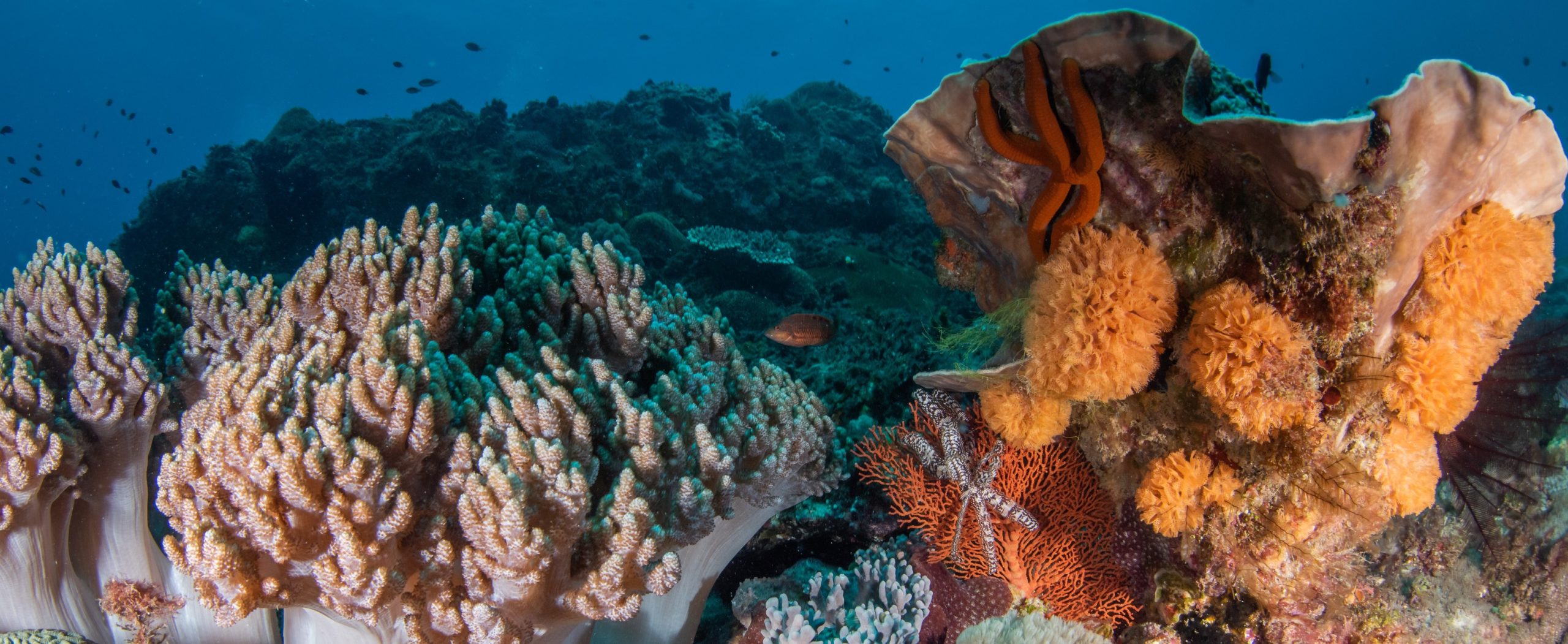Significance:
Marine reserves that prohibit fishing are a critical tool for sustaining coral reef ecosystems, yet it remains unclear how human impacts in surrounding areas affect the capacity of marine reserves to deliver key conservation benefits. Our global study found that only marine reserves in areas of low human impact consistently sustained top predators. Fish biomass inside marine reserves declined along a gradient of human impacts in surrounding areas; however, reserves located where human impacts are moderate had the greatest difference in fish biomass compared with openly fished areas. Reserves in low human-impact areas are required for sustaining ecological functions like high-order predation, but reserves in high-impact areas can provide substantial conservation gains in fish biomass.
Abstract:
Coral reefs provide ecosystem goods and services for millions of people in the tropics, but reef conditions are declining worldwide. Effective solutions to the crisis facing coral reefs depend in part on understanding the context under which different types of conservation benefits can be maximized. Our global analysis of nearly 1,800 tropical reefs reveals how the intensity of human impacts in the surrounding seascape, measured as a function of human population size and accessibility to reefs (“gravity”), diminishes the effectiveness of marine reserves at sustaining reef fish biomass and the presence of top predators, even where compliance with reserve rules is high. Critically, fish biomass in high-compliance marine reserves located where human impacts were intensive tended to be less than a quarter that of reserves where human impacts were low. Similarly, the probability of encountering top predators on reefs with high human impacts was close to zero, even in high-compliance marine reserves. However, we find that the relative difference between openly fished sites and reserves (what we refer to as conservation gains) are highest for fish biomass (excluding predators) where human impacts are moderate and for top predators where human impacts are low. Our results illustrate critical ecological trade-offs in meeting key conservation objectives: reserves placed where there are moderate-to-high human impacts can provide substantial conservation gains for fish biomass, yet they are unlikely to support key ecosystem functions like higher-order predation, which is more prevalent in reserve locations with low human impacts.
